Celina P.
Artist Statement
Speaking Through Layers: Impressions from the Growing Edges
In creating a body of work to help inform my emerging art therapist identity, I’ve chosen to create a book with reflective process art made over the last several months. To create an exploratory yet cohesive series, I incorporated a layering process. This mirrors the layering and healing processes of deep trauma, systemic factors which oppress and marginalize individuals, and the feelings of isolation, neglect, and misunderstanding which are often a part of therapeutic work.
I wanted to use the opportunity to begin to integrate my experiences working with children and young adults with significant mental health needs in the Social Emotional Learning (SEL) centered school where I’m interning. This felt like an opportunity to internally organize an immense amount of information and experience, including vicarious trauma, healthy boundaries, as well as art therapy practices and processes which can increase equity and access to a diverse population of clients.
I decided to use a mixed media approach, starting with printmaking, and some less familiar art materials (for me), such as color pencils and paint sticks. In addition, I incorporated graphite, ink, and paint pens where needed.
My goal was to produce a lot of art, using new processes, and then layer the specific works that called to me. This book is a curated selection of these pieces. I chose work that I felt showed the spirit of the lessons I’m integrating, and the values I hold, which I am finding pathways for in the art therapy process. I integrated my reflections on the beauty and fragility of working with young clients who often have significant challenges yet are finding their voices and owning their internal resources as they learn to identify and access them.
As I began to work at the internship site, I realized I needed a simpler way to record the emotional content of the sessions visually versus through extensive note taking, which can often hinder the therapeutic space and relationship. I have begun to develop a simple set of symbols for the main takeaways in sessions, which can aid in confidentiality, while helping me access the feelings and concerns, or goals of the client in specific sessions. I’ve recorded some of these symbols in the back of the book, though I don’t feel it is appropriate to define them or to include actual response art from sessions.
-
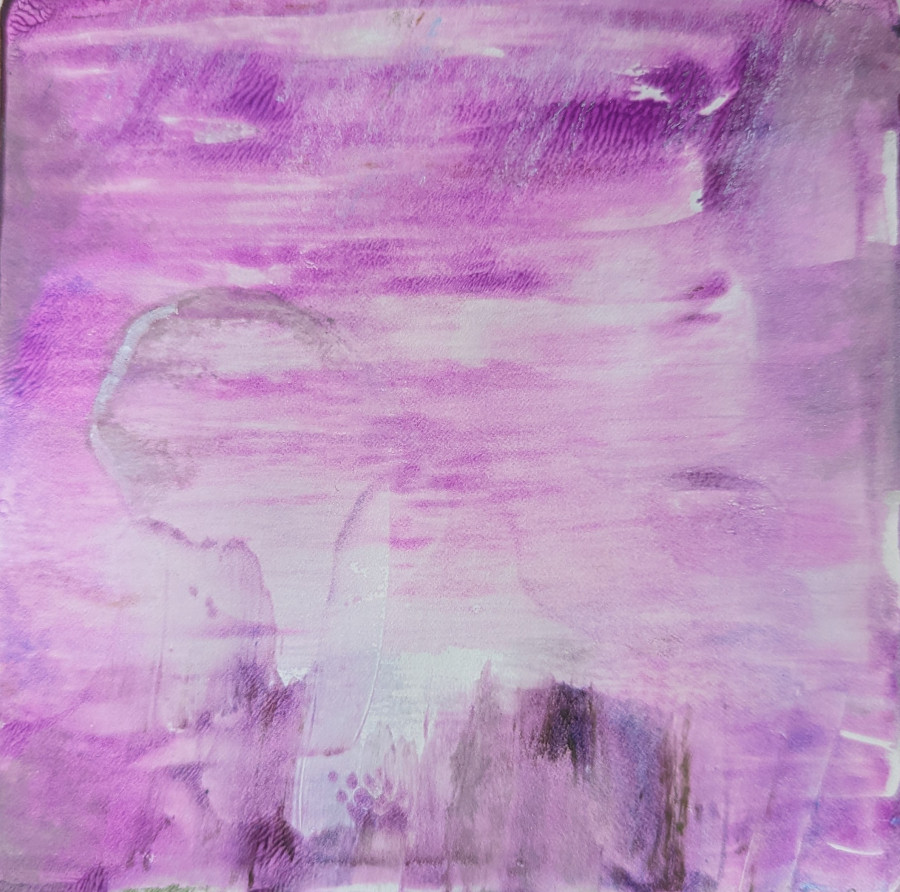 Beauty in Process
Beauty in ProcessCelina Paul
-
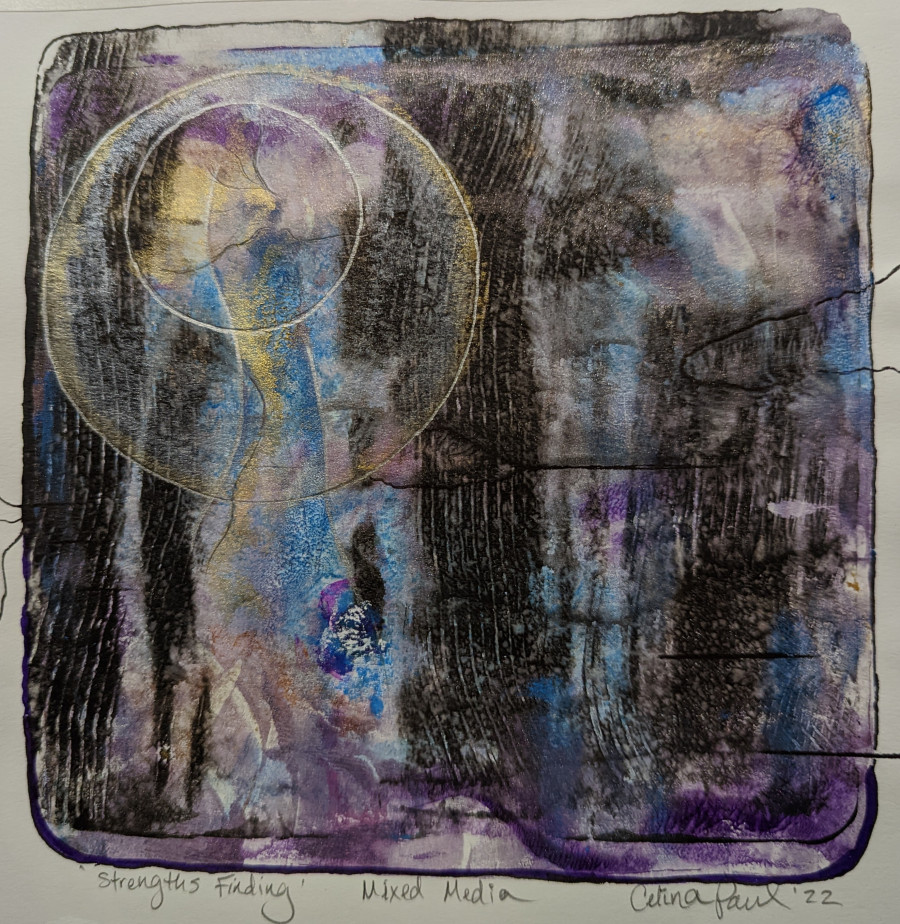 Strengths Finding
Strengths FindingCelina Paul
-
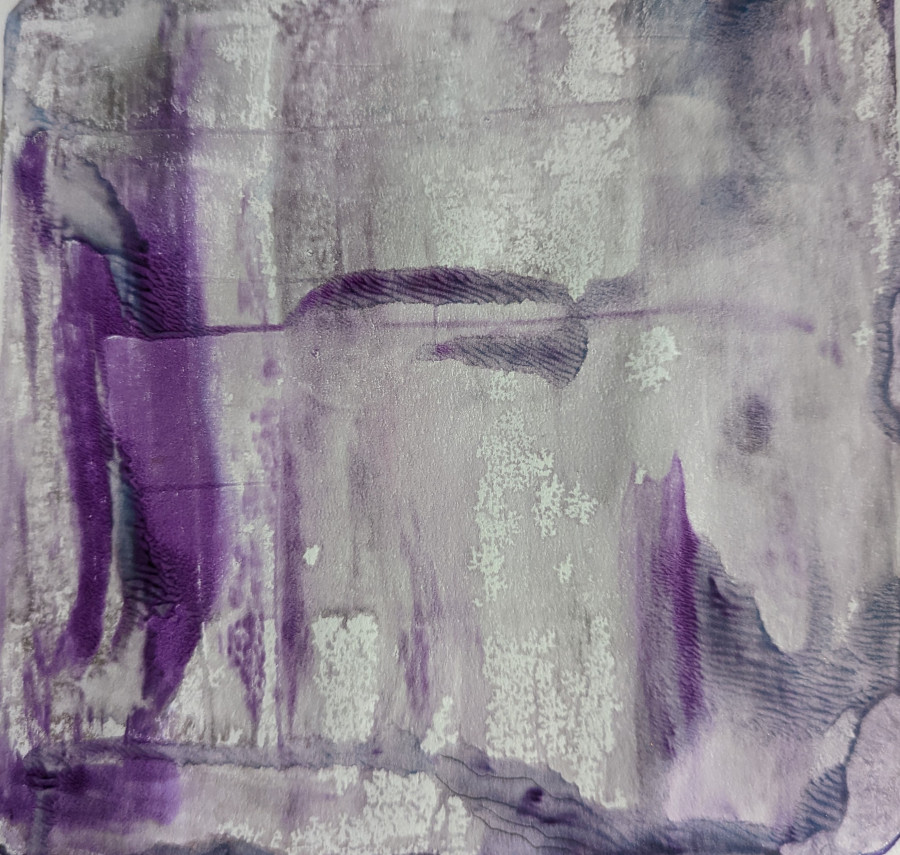 The Bridge
The BridgeCelina Paul
-
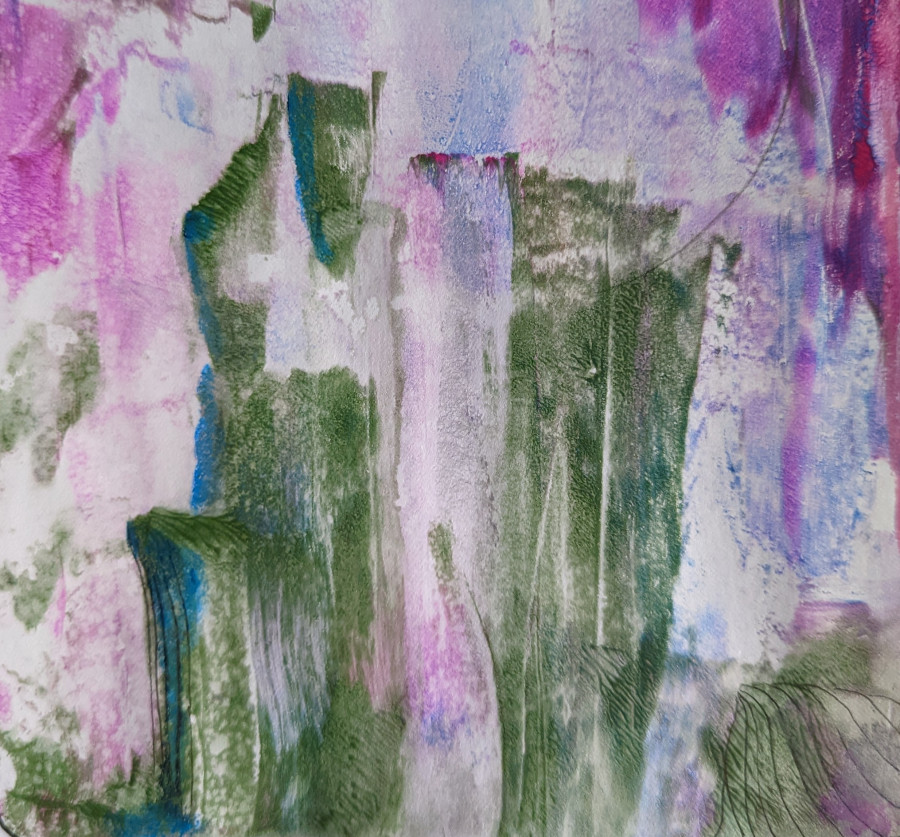 Emergence
EmergenceCelina Paul
-
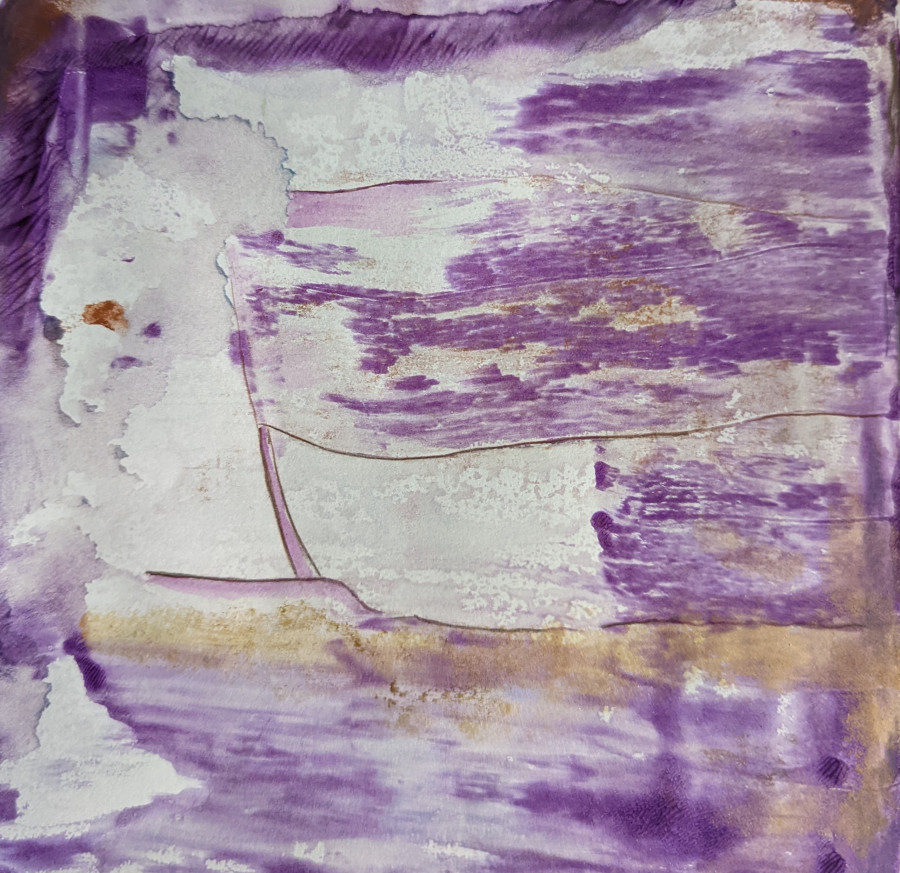 Learning to Trust
Learning to TrustCelina Paul
-
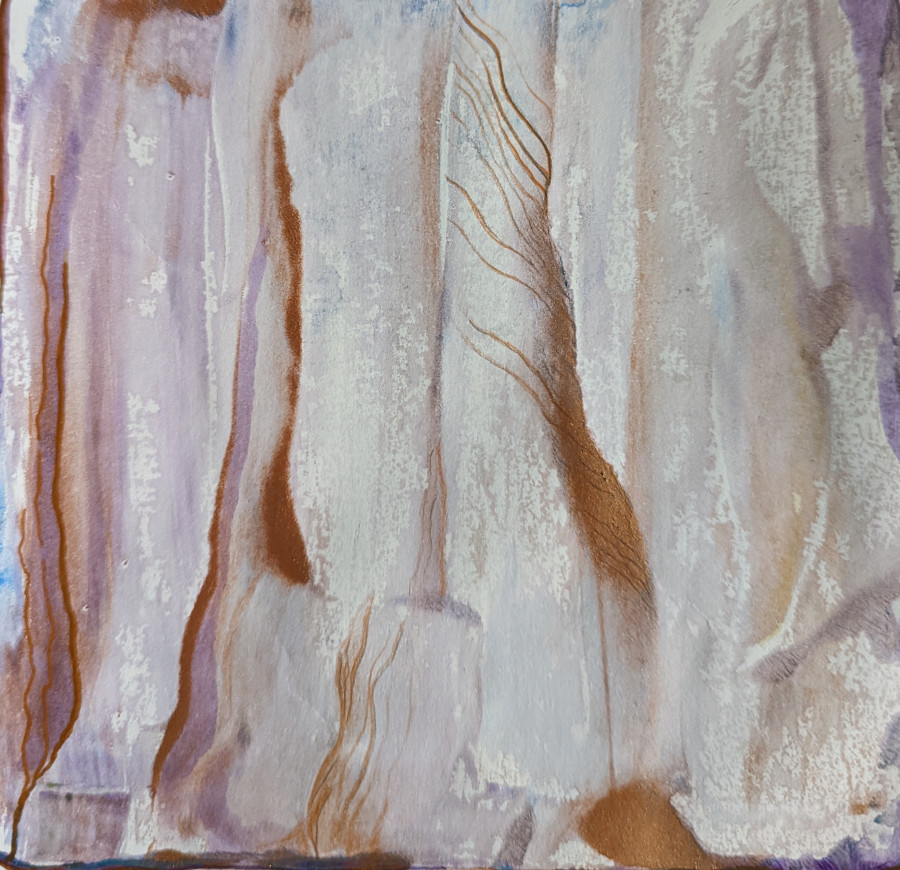 Accessing Strengths
Accessing StrengthsCelina Paul
-
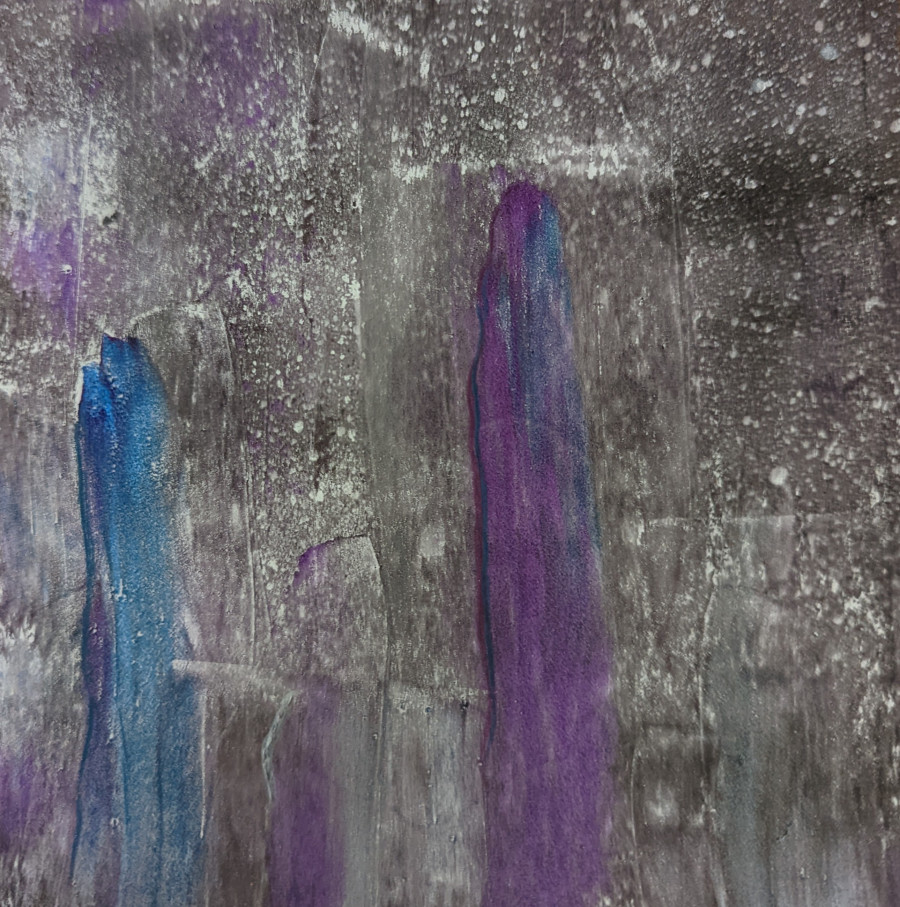 Living With
Living WithCelina Paul
Art Therapy is located in room 326 of Rogers Hall on the Graduate Campus.
MSC: 86
email ctsp@lclark.edu
voice 503-768-6060
fax 503-768-6065
Chair Cort Dorn-Medeiros
Art Therapy
Lewis & Clark
615 S. Palatine Hill Road MSC 86
Portland OR 97219